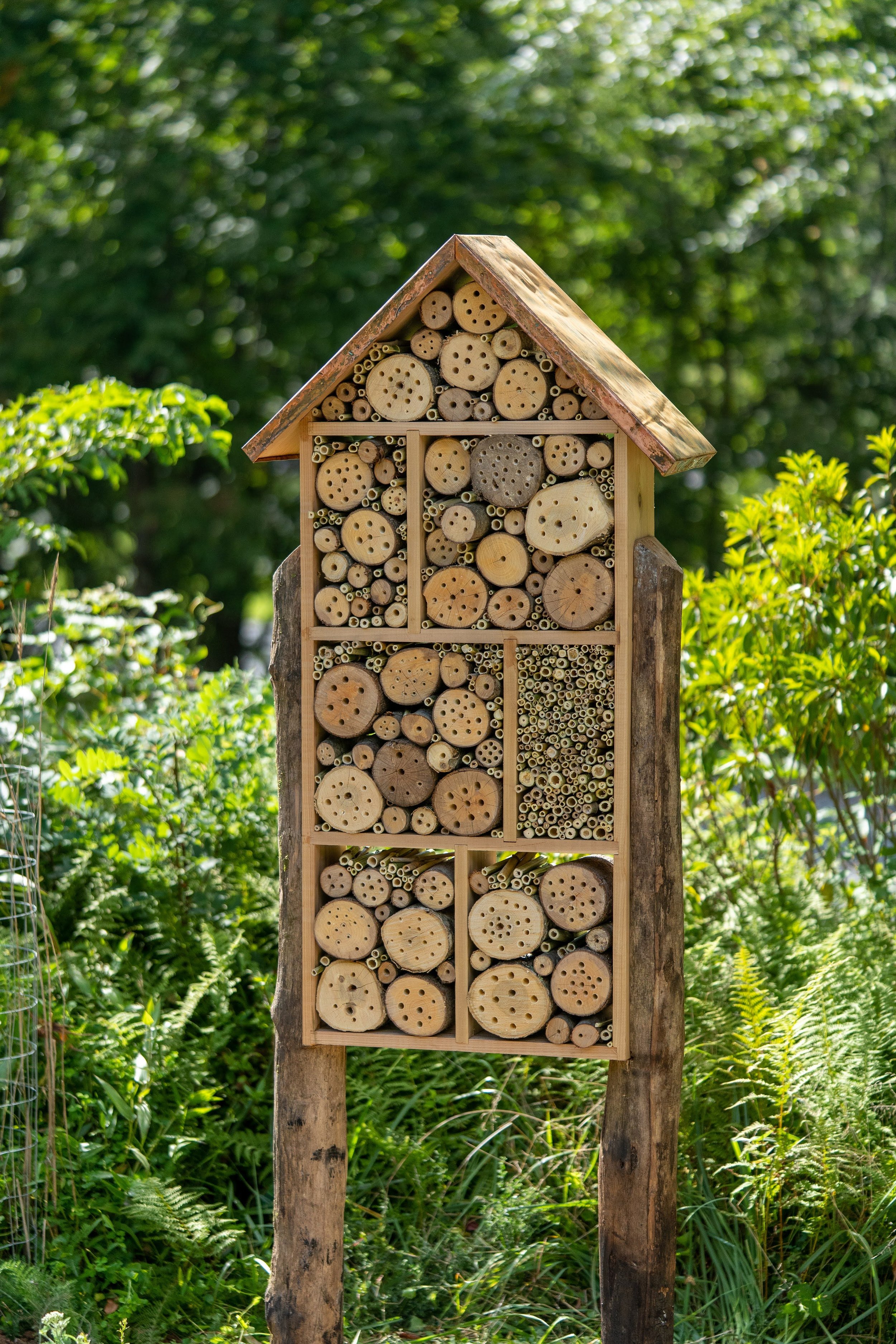

Build a Bee Hotel for World Bee Day
In honor of World Bee Day, we’re cleaning up our native bee home here at Blue Ridge Discovery Center! One way we can support native bees is by building a “bee hotel”. These structures supply plenty of nesting opportunities to a few of the local bees. Adding a bee hotel to your garden is a great way to interact with some of these native species, and it can be an attractive feature to showcase local biodiversity.
Happy Bee-lated World Bee Day
World Bee Day was May 20th, a day to appreciate bees for the enormous role they play as pollinators.

Pollinator Fields in Their Glory
In general I do not recommend trying to improve on nature beyond the boundaries of the yard since the beauty of natural scenes is often incomparable. However creation of a Pollinator Field from a portion of hay fields or pastures or even yards can provide habitat for pollinators such as butterflies and bees, while also providing enjoyment to the land owner.

Educational resource planted last Fall shows us life!
Last fall, BRDC, led by Sarah Osborne, planted a brand new butterfly garden on the grounds of the Galax High School as part of the Fall 2014 Middle School Enrichment Program. The results a year later are astounding!